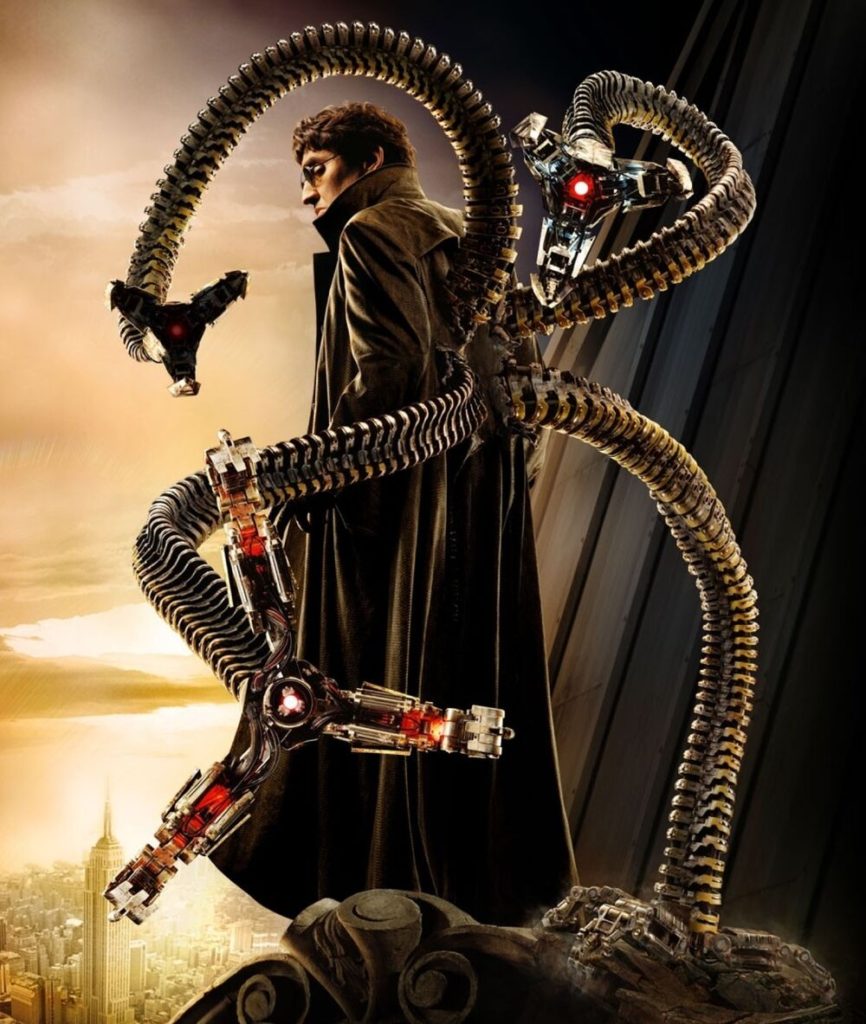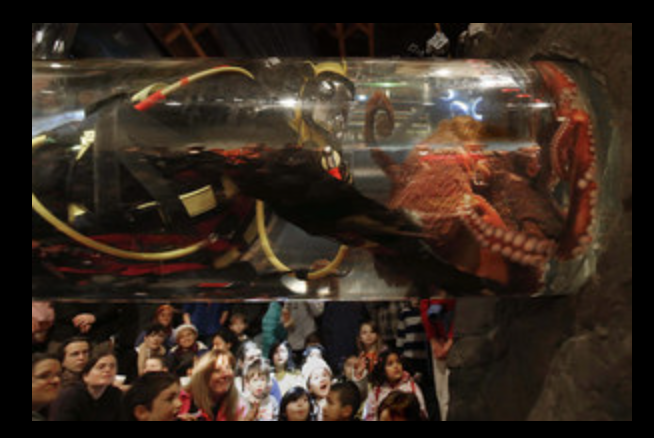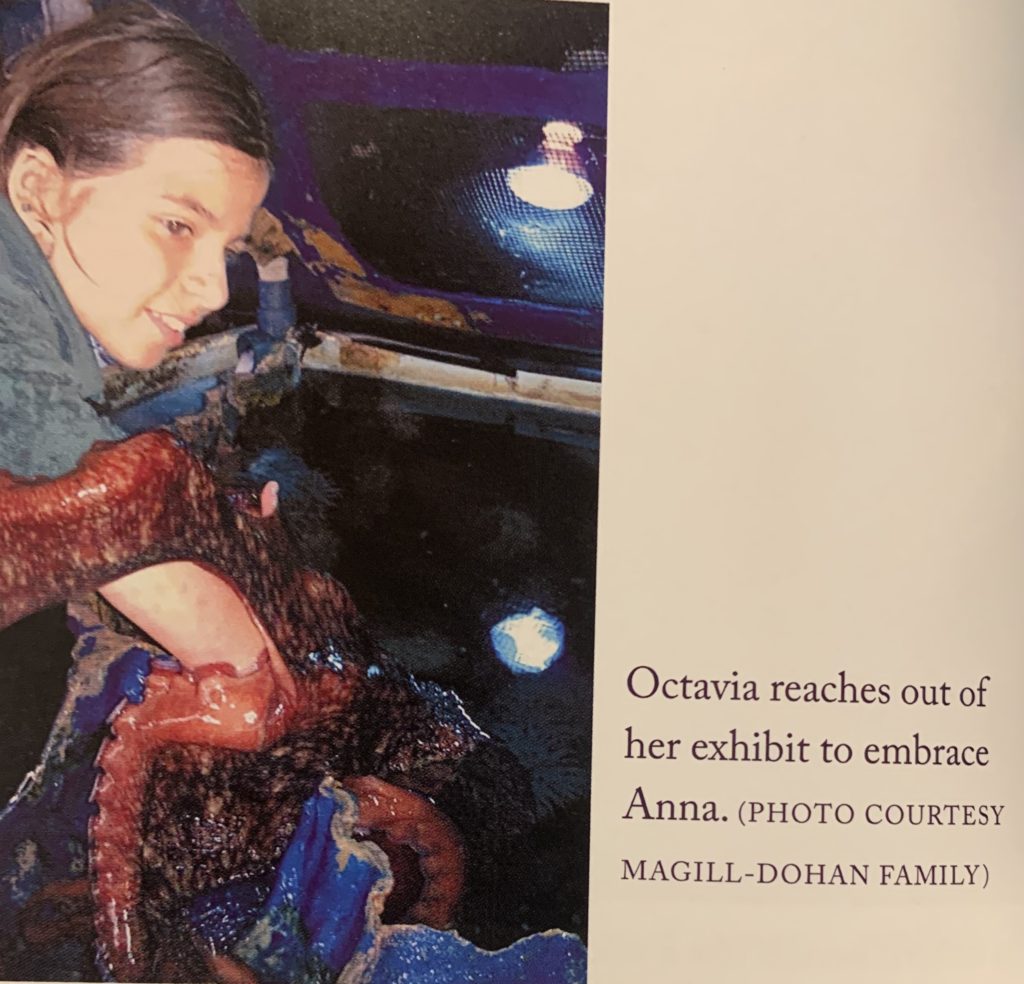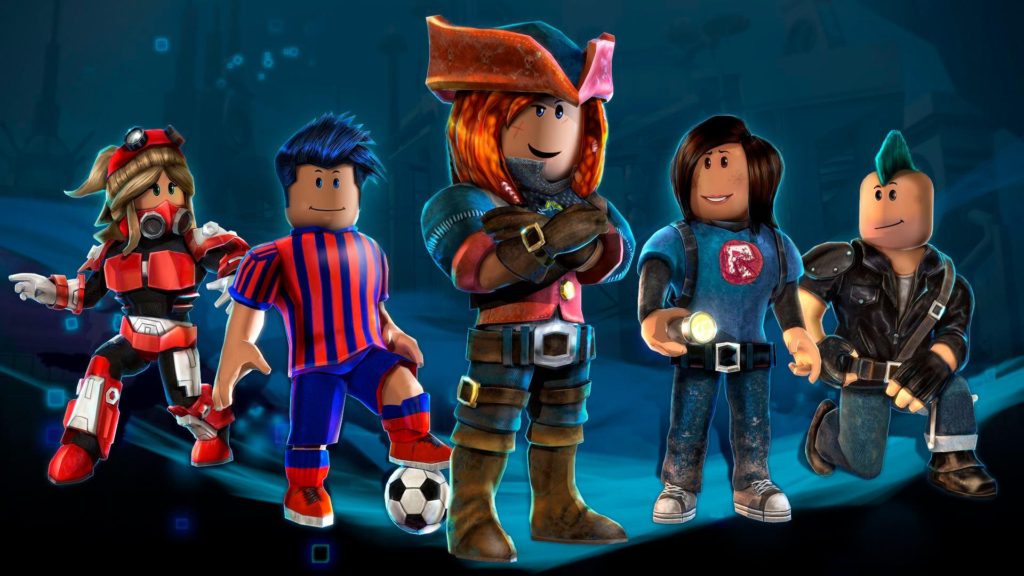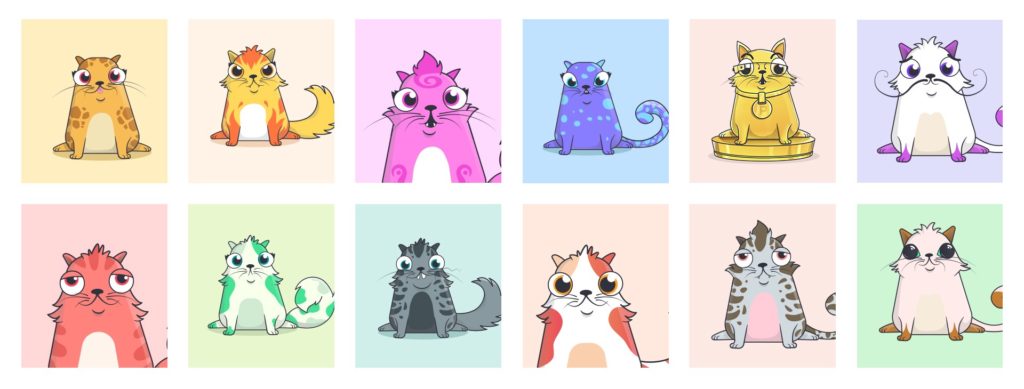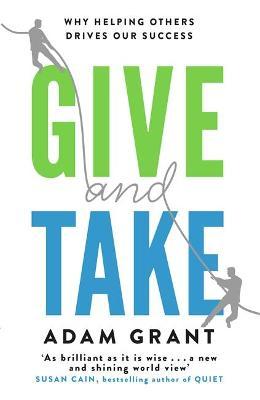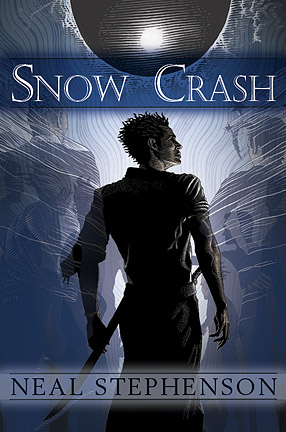Black Swan Theory was probably made most famous in recent history by Dr Nassim Taleb, Lebanese-American former options trader, quant, and sometime-consultant-employed-by-the-SEC during the financial crisis of ’08. The ’08 financial crisis and collapse of the US Housing Market (Big Short is a pretty good movie starring Ryan Gosling, Margot Robbie and That Guy From The Office, about the use of derivatives) are some of the most well-known Black Swan Events. Blog posts Big Short Part 1: Mispricing: Do You Really See What You Think You See? and Part 2: Packages Of Risk And Reward here and here.
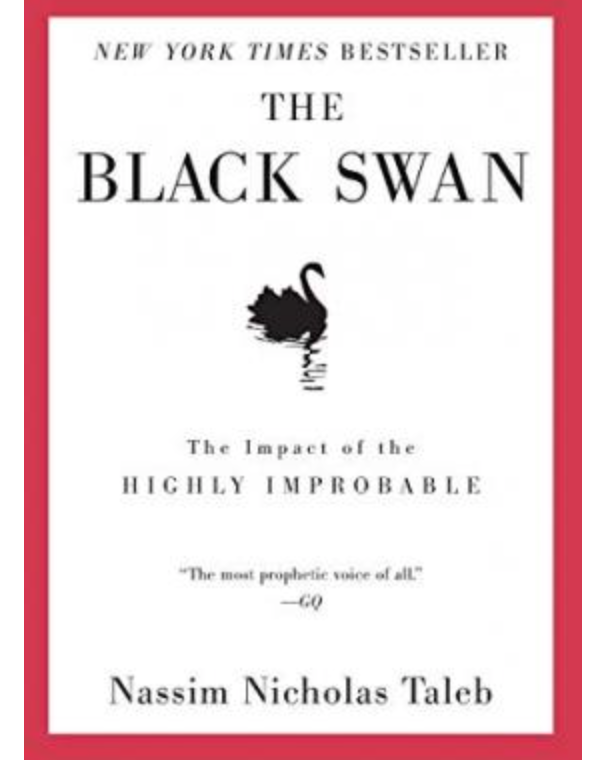
The term Black Swan revolves around the old belief that black swans did not exist. Right up until the first known reported black swan sighting in 1697 by Dutch explorer Willem de Vlamingh (in – where else? Australia.)Forever more after, you can’t believe Black Swans aren’t real (unless you believe pigeons aren’t real <nudge nudge wink wink>). Events that completely change your perceptions, beliefs and your future plans are therefore called “Black Swans”.
Dr Taleb’s book focuses less on prediction (you cannot easily predict the emergence of a game-changing Black Swan, even with absolute state-of-the-art tools if you have never seen one and there was no indication one would emerge, look what happened to the Titanic), so much as resilience in facing the unknown when it happens.
I think the internet was a Black Swan when it first came out. And Social Media. Life and growing up before and after these is forever changed. It’s why cultures all over the world rather abruptly experienced a rapidly accelerated amalgamation of practices and thoughts, our kids’ generation. The way kids socialise, learn and get in trouble before and after this Black Swan are forever changed…
The Chatroom is a real case that by now has, according to Youtuber “MrBallen*” whom I picked this up from, gone through the British courts whereby all media outlets were banned from revealing names. The story and cautionary tale however, remains. The presiding judge in the real court case would come out and say that “Well-schooled fiction writers” could not have come up with a better plot.

(*Just an aside about people who sign their name to what they say/write… and people who don’t (which will be especially significant later in this story)… “MrBallen” is former real life Navy SEAL John Allen. If you watch enough of his footage, there’s intro videos where he talks about his own high school life growing up: He was from a family who were pretty succesful students, but had not applied himself fully. He also describes himself as having been rather full of himself in his younger days. He thought the rigours of SEAL training would turn him around, and it did. However 5 years in during a deployment in Afghanistan, a grenade went off next to him. Allen would describe how as he lay bleeding out fully expecting to die his biggest regret was he had put off having children. SO now he has 3, and a Youtube channel or two :D)
MrBallen’s material is CLEARLY MARKED if it is for MATURE AUDIENCES because some narrations describe violent acts and cruelty, others are of the superscary supernatural. It’s also fairly common to come across real life examples of anonymous writers of all kinds of nonsense, or who are basically stalkers, then creating all kinds of mischief, from getting people accused and sent to jail, to driving down property prices etc. So y’know, from finding so many real life stories of this sort, my default is – if anonymous, take it with a grain of salt.
Now Chatroom. I’ve summarised it in a way that’s less fantastical than the Youtube because if I include the more fantastical things some of the users were telling each other, one might be a lot more tempted to think, “I would be smarter than that. How are these kids so gullible?”
MrBallen’s narration is over 20 mins long. The actual case is 4 months’ worth of extensive teen-chatting 

So my summary is deliberately more believable. And shorter. My point is some derivation of this can easily happen to almost “anyone”, by almost anyone.
“Mark” was at the time a 16 year old who was a mediocre student, from a loving family, and he had a good relationship with his parents. His family wasn’t very well-to-do, so he worked part time as a dishwasher for extra pocket money in Manchester.
“John” was at the time a 14 year old who was a straight-A student at a very prestigious school, incredibly intelligent, well-mannered, but from a broken home. His single mother struggled distractedly from failed relationship to failed relationship, and he had always assumed his biological father was one particular ex boyfriend of hers.
Mark would discover this popular chatroom and find that fellow teens enjoyed flirting with each other there. He got so into the chatroom and his online friends that he sometimes missed meals.
One day, Mark meets “Rachel” online in the main chatroom. When he eventually sees a picture of her, he’s smitten, and DMs (Direct Messages) her, not really expecting to get her attention. He’s overjoyed when she responds, and they spend the next few days chatting online incessantly. Around this time, Rachel mentions she knows this kid named John who’s a little younger than them, 14, but she thinks Mark and John will really hit it off and so Mark agrees to be introduced. Soon, the 3 become fast friends, creating a separate chat outside the main chatroom.
The online relationship between Mark and Rachel also blossoms, and the two 16 year olds soon realise they live close enough to make the commute and meet up. Mark chickens out repeatedly at the last minute, and then when he goes for it Rachel starts chickening out, until in the end they agree that what they have online is just too good to risk spoiling, by meeting up in person. John and Mark do meet however, and become best friends IRL (in real life).
One day about 3 months in, a new user “Kevin” joins the main chat. He introduces himself to the couple hundred other users as someone who enjoys “stalking” and “has a foot fetish.” Back in their little 3-member chat, John, Mark and Rachel are scoffing at what a poser this new kid is, how he’s obviously saying these things for attention.
Until that is, the day Rachel doesn’t log on. This is very, very rare, and Mark is immediately alarmed. Neither John nor the rest of the users in the main chat have any idea where Rachel is, and Mark had been contacted by “Attention-Seeking Kevin” the day before, whereby Kevin had said he knew Mark and Rachel were in an “online relationship,” and he was going to stalk Rachel.

Then Mark receives another message from Kevin saying Rachel is physically with him right now, and if he wants Rachel back, he (Mark) is to take a picture of his feet for Kevin’s collection (yes, really. His feet.)
Mark complies, eventually Rachel is back online and feels terrible about the prank and keeps saying she wants to meet up after all just to give him “a hug” (All very PG.)
This never happens in the end because when they finally get to arranging a meeting Rachel stands Mark up, eventually Rachel and Kevin both no longer log on anymore, and a rumour starts in the main chatroom about whether Kevin did something to Rachel. Or maybe they just lost interest in the chatroom? Did they start dating IRL? Maybe the “stalking” was just Rachel’s way of online-breaking up with Mark.
John and Mark are by now best friends, and John tries to delicately broach the subject of Rachel. Initially heartbroken, Mark refuses to talk about her. So John and Mark just carry on their own “bromance.”
It’s all good until the day “Janet” joins the chatroom. Janet will eventually contact Mark directly and tell him that she is not a teen like the rest of them, she is a 40 year old mum of 2 who works with the Secret Service (who would suspect a mum, right? And of two!) She says she’s there to keep an eye on Mark’s friend “John.”
Janet will prove this irrevocably to Mark by providing very specific personal details about him, including things he’s said or done which she would otherwise have no way of knowing, unless the Secret Service had really looked him up. Also what he was wearing to school or to the mall, what he said during the day or right after he came home. “We have you watched, because you’re one of the good kids and we are looking to recruit some of you.”
Janet will go on to explain that “John” is in fact “James Bell,” who is sitting on a huge, huge trust fund. Huge as in it moves markets so the Secret Service keeps track of his friends – the more reliable ones are recruited to look out for him. (I cannot tell you how often I’ve heard this one – “Friends.” “Looking out for you.” By spying on you for someone else. Or, “Friends looking out for you” by removing your own direct line of sight regarding the subject, and colouring the information they give you to suit their purposes. Respect always, for the bosses who take a moment to see for themselves.)

Soon, Janet gives Mark a simple task: If you can escort John/James convincingly to his boring old dental appointment for the day without him suspecting anything, we’re interested.
Mark “passes the test,” by calling John up to hang out, then offering to tag along when John says he can only go to the mall after he sees his dentist. John is grateful for the company, they hang out at the mall after, and Mark starts to think This Is Great, We’re Already Friends, And I Could Be Setting Myself Up For A Summer Job, Maybe Even A Career.
Janet swears Mark to secrecy, even requiring he take an oath in the chatroom, and then will go on to dangle prospects in front of Mark, like an internship, an exciting sounding “initiation” ceremony into the Service, which he would need to attend in London. Even a girlfriend. She’ll put in a good word for him, recommend him for some youth awards…
Remember, Mark is a good kid from a not-very-well-off family. So “Your family would be so proud” really sells him. Mark bought into the whole youth award, jump-start career etc because he wanted to make his family proud. He does however question how he will get to London without telling his parents, and Janet will immediately reassure him the adults will let his parents know once he’s on the way over. “There’s just this one more task to get out of the way, before I book your tickets….”
That’s when the directive changes from protecting John/James Bell… to stabbing him with a kitchen knife.
Your beloved friend John, Janet explains gently, has an inoperable brain tumour. He’s going to die any day now. For the Secret Service to more easily access the fund, they need to be right there for the body, not risk it falling into various other hands, particularly those of terrorists.
So make it at this particular time and place, make it quick, make it like a mugging in an alley, say your goodbyes and then call the police when you’re sure he’s gone. “I’ll arrive with the police to explain the Secret Service’s involvement”, Janet assures him.
And so Mark takes his friend John to an alley, puts his arm around the younger boy, then plunges a large kitchen knife into his stomach and chest. He stays there fondly with John and when he thinks the younger boy is gone, he calls the police to report the “mugging”.
Janet does not arrive with the police. Also, they discover John is not yet dead and rush him to the hospital. He will crash and flatline two more times, but ultimately ER staff manage to save him. Eventually under questioning, John will tell police it was Mark who stabbed him. In police custody, Mark will repeatedly ask them to call Janet at the Secret Service to explain why he did it and surprise, surprise, there is no Janet at the Secret Service.
Now get this:
In the ensuing investigation into the chatroom, it is determined “Rachel”, “Kevin”, “Janet” and about 180 other user accounts were all created and solely controlled by John. By all means take a moment to read that again.
And here’s where I make blog (and you… other people can stop screaming about the boring old posts where I wrote about my own little kids’ haircuts and stuff YES I SAW THAT, THE POST IS SUPER OLD, I HAVE TOO MANY COMMENTS TO GO THRU EVERYTHING, NO I DON’T ALWAYS SEE THEM ALL this is a hobby):
14 year old straight-A student John appeared initially rarely as himself in the chatroom. To other users, he thus came across as not too interested, unlike Mark, who was an avid user of his one account. (Another thing to note about scanning through accounts – obviously John was busy being >180 other users, and scanning anonymous users tells you absolutely nothing about how many users are in there and how active they really are. Zilch.)
Mark’s online girlfriend and sometime soulmate Rachel – was John. (If you thought this was a cool trick to play on someone else, remember the principal of Live By The Sword, Die By The Sword. The more you get into this (spend time on it, engage users, spin webs – life of a swordsman sort of thing), the higher the chance you’re next.) How about playing videogames instead 
Kevin the Stalker and Foot Fetishist – also John (and created because John got jealous of Mark’s bond with Rachel and was looking for a way to get rid of Rachel.) Janet the Secret Service Agent and Middle-aged Mum of 2 – John.
Why did John as Janet ask Mark to kill him?
Because John had discovered that the man he always thought was his biological father wasn’t his father at all. His real biological father had abandoned him as a newborn and he had no idea who he was. That was the initial trigger. Unforeseen event, Black Swan he could not see coming.
Lonely, racked by guilt at all the people believing his lies, dreading the day his friendship with Mark would end when Mark found out what he was doing (again, Live By The Sword Die By The Sword – you are only human yourself, it will also eventually affect you) that’s the bit about building resilience by say, not spinning the entire web of lies which will eat into your mental health, John had decided to end his own life. Except he adored Mark, so he wanted Mark to be the one to do it for him.
Again: John is a good kid, strong student, made it into a prestigious school, never thought the first small step of lying online anonymously for innocent little kicks would snowball all the way.
He had no way of foreseeing that he would abruptly discover his biological father was not his biological father and someone he never knew had abandoned him and that this revelation would devastate him and make him more vulnerable. What he was feeling a little bad about, struggling to make right, became something he could no longer handle when a big fat black swan landed with a thump next to his keyboard. You now have John’s hindsight.
It could’ve been worse (this is where everyone starts screaming at me :D). But seriously – John could have manipulated Mark to stab someone else. “Why don’t I just put Mark in jail so I don’t have to face the music with him? My dad’s not my dad, I’m justified and entitled to this little indiscretion. Stuff hasn’t gone smoothly for me, so this is my right.” Very lucky that didn’t happen, right?
For all John’s control over Mark and perhaps a few other teenagers who might have stayed chatting more regularly, there doesn’t seem to have been pornography, extortion, backstabbing, blackmail (with the exception of Kevin’s request for a foot shot – in fact, John as Kevin only asked to see feet. And probably so he could eventually kill off the “Rachel” persona and continue the friendship with Mark as himself.) Again, the amount of things that could’ve gone wayyy more wrong all along the way is the real cautionary tale. We should milk this one for precautions all we can:
1) John didn’t need to have special access or be a computer hacker. He was not a popular Youtuber or videogamer with a loyal following and a tonne of views. He’s a 14 year old who simply created >180 user accounts in a chatroom, and strung a 16 year old along to be his friend, bodyguard and ultimately his killer.
The thing about reaching a certain stage in your acquisition for knowledge – usually if you get there with a coach/ instructor/ teacher/ tutor, the syllabus almost always includes ingrained “controls”. In dealing you must learn and pass regular tests on compliance rules. In martial arts or uniform units that require strict discipline you don’t get to progress if you are unable to exhibit sufficient maturity and control. Pick out any…. Samurai sword class say, and you will see the elaborate respect for the weapon that beginners have to learn first. What did whatshiswebface say, With Great Power Comes Great Responsibility. The proverbial kitchen knife you buy from the supermarket does not come with say, mandatory safety training. Neither does the chatroom of anonymous users. The users may not be real… but the misinformation and risk is.

So when just “anyone” can create anonymous chat accounts and many others think they’re telling someone something private in a chat… 180 of those accounts would all have been John in this case. As such, someone more mean spirited could have convinced people to fight each other. Mark was telling John everything. Mark was professing his love for Rachel…. To John. Note that Mark never wanted to talk to John John about Rachel, how do you think he felt when he found out John is Rachel? That guilt ultimately sent John spiralling into a suicide attempt.
2)Mark, particularly coming from a loving and honest home, was no match for John. Mark could not conceive of such deception, because he had probably never been lied to to that extent before. The younger boy on the other hand, must have seen countless ex-boyfriends of his mother’s string her along, break promises, etc etc.
Consider the (albeit perfectly understandable) propensity of an angry, disillusioned teen who is devastated and hurting, to inflict the same on others. Bear in mind also that John came from a highly prestigious school. Kids were likely competitive. He doesn’t appear to have used the chatroom to erm, “eliminate competition” in school or really, anything else like that.
All John used his dominance in the chatroom for was to look for a friend. And in his despair, he had then manipulated his friend to take him out, staying by his side in what he had expected were his final moments. John’s lot is imbued with pathos particularly when you consider the amount of power he wielded which he mostly used to find friends instead of hurting others just because he was hurting. He really was a good kid with good prospects in school (he didn’t get jail time but apparently there was quite some head-scratching about the fact he had attempted to engineer his own demise with the chatroom).
So yeah, it could’ve been way, way worse. The fact John was convincing enough for Mark to fall for Rachel, he could’ve created way more mischief with relationships, blackmail, gossip. He could have humiliated other kids deliberately, convinced them to take their own lives, etc etc particularly if he was already suicidal.
And if you think that level of “power” is “cool,” remember, Live by the sword, die by the sword.
What if someone else in John’s position had shared Mark’s intimate exchanges with Rachel publicly? Not to mention Mark’s “foot shot” to Kevin (who was also John). It could have been a much more traumatic experience for Mark. As is, the “good kid with a close relationship with his parents who thought he had pursued a girl his own age and later was going to line up a job for himself and make his parents proud” ended up doing jail time for almost killing someone.
3) Someone you meet in a chatroom could literally be anyone. This seems obvious, but go back up and look at how “Janet” proved to Mark she was who she said she was. Mark apparently had asked for various means of proof Janet was who she said she was.
All the intimate details about Mark’s schedule, what he’d said or done during the day, what he was wearing…. NOW you realise why Janet had all that information? Because she was John, hanging out with Mark after school. Mark told John all those things.
It doesn’t take a rocket scientist to do it. This is the biggest hole or backdoor into any secure system – the human user. It’s not the system, it’s not malware or viruses, it’s humans v other humans. The tools may warrant a Black Swan stamp, but an understanding of and ability to manage the humans in the system will always be crucial. Without this, the tech is nothing.
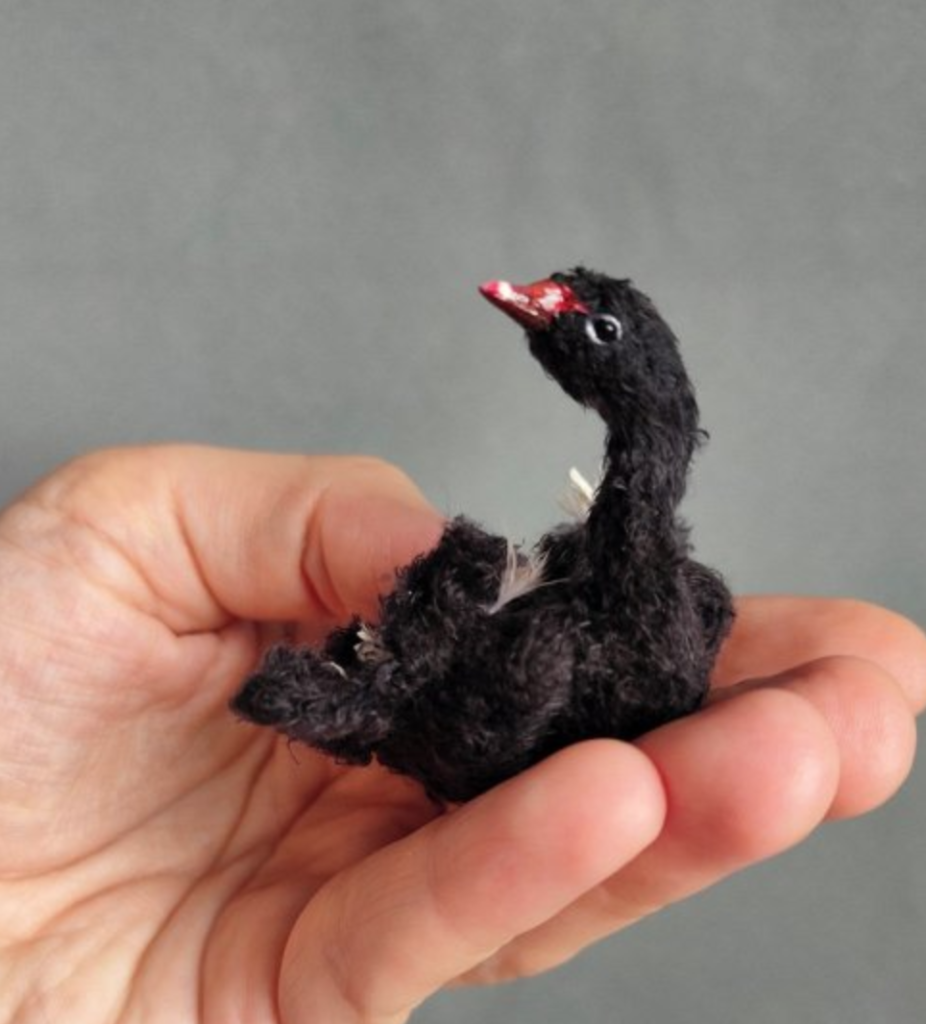
Mark would hear about what John did for the first time at the court hearing. (Apparently his jaw hit the floor and stayed there for the rest of the day.) He ultimately received 8 months of jail time because well he did freaking stab someone. Both boys don’t get unsupervised internet for years and erm, no chatrooms or contact with each other ever.
Ends

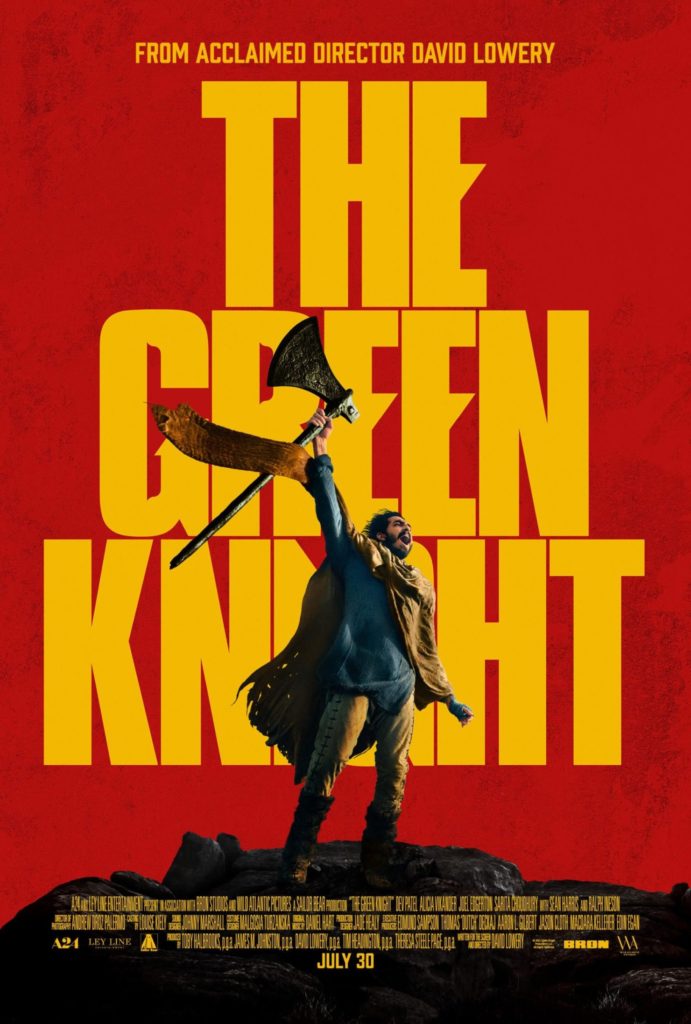
 The Green Knight’s challenge is this: Deal me a blow, but a year from now, be prepared to receive the same from me. Call it karma, if you will.
The Green Knight’s challenge is this: Deal me a blow, but a year from now, be prepared to receive the same from me. Call it karma, if you will.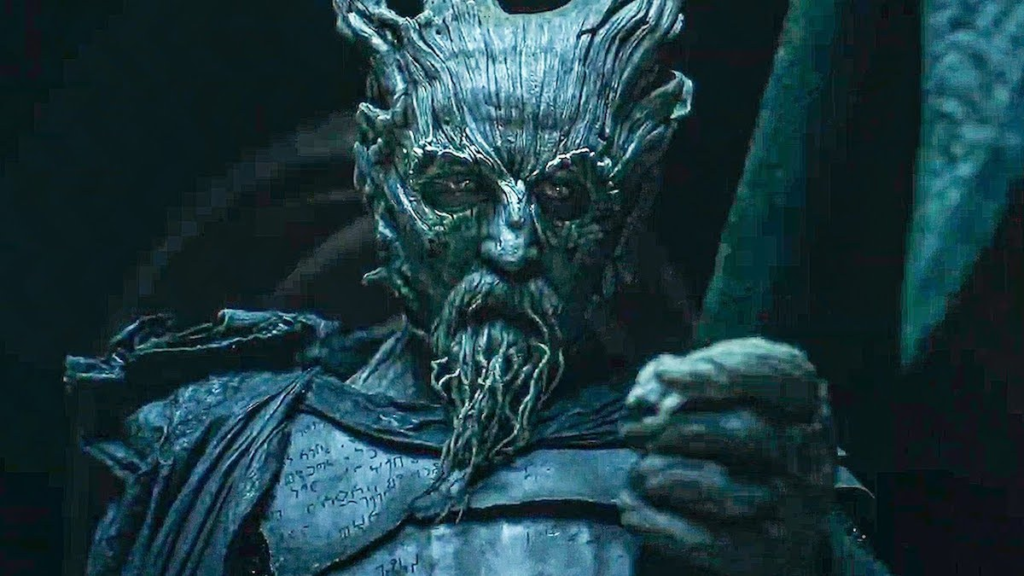
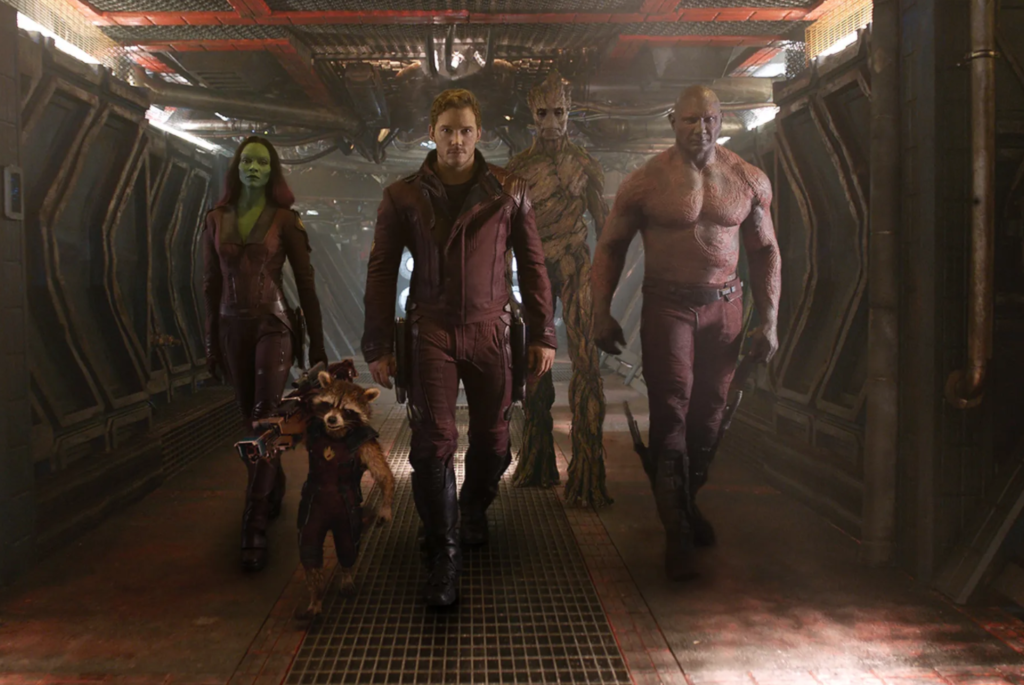



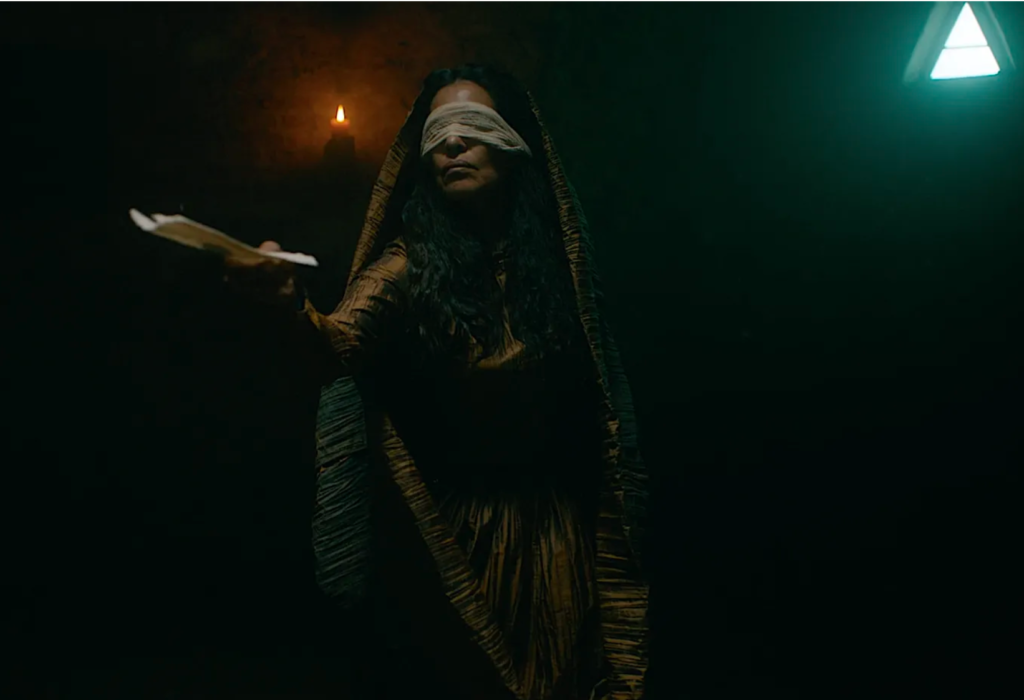
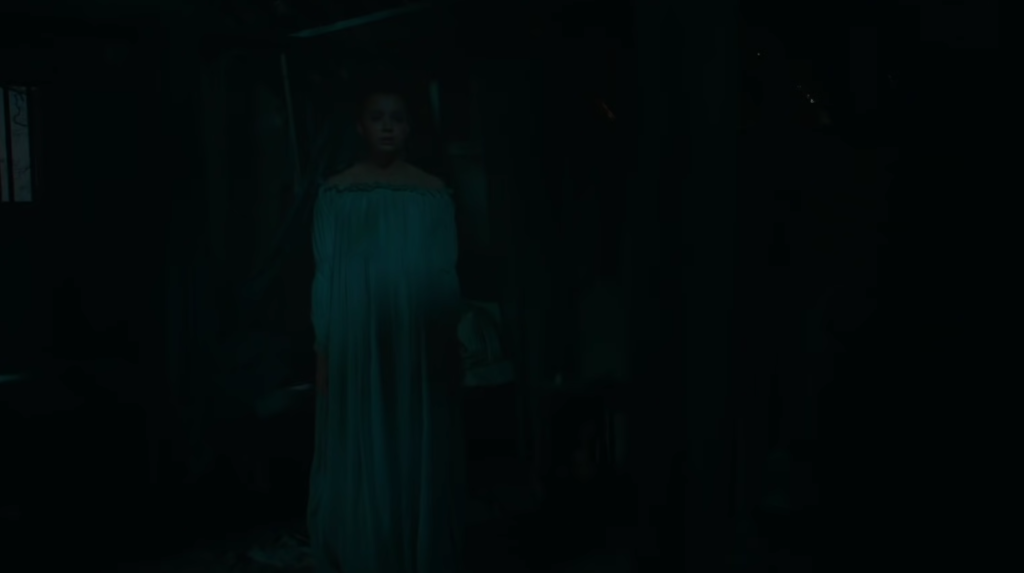
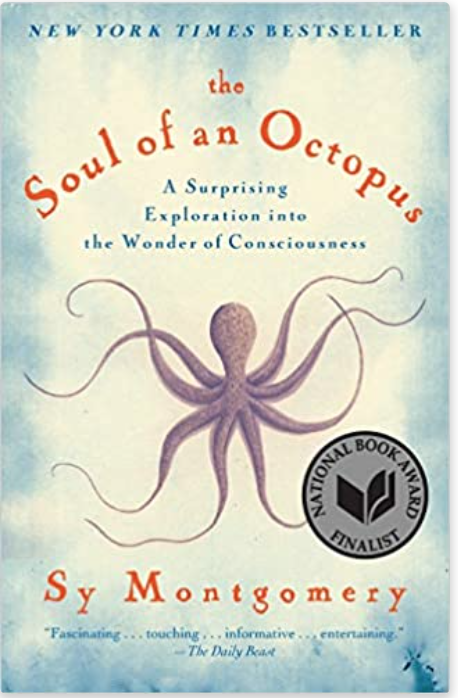
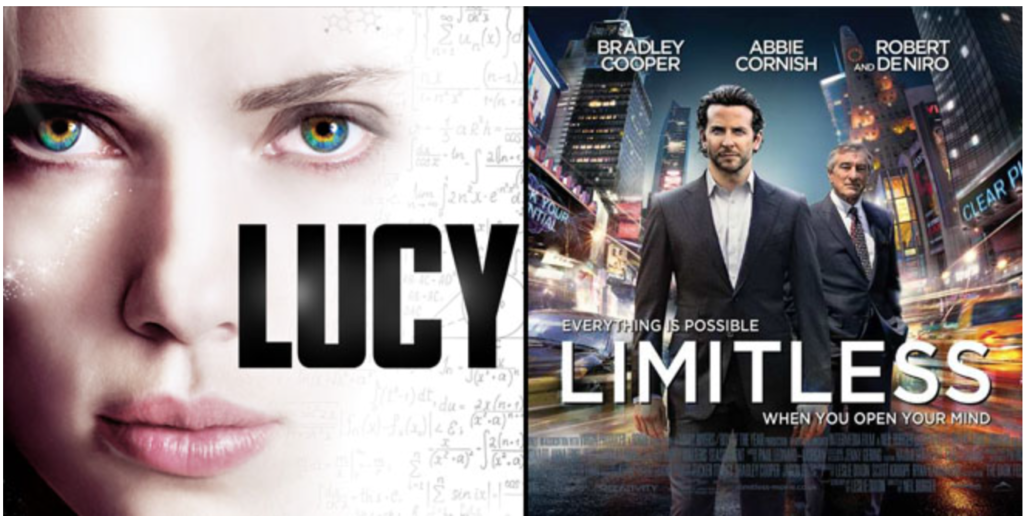
 It was also a mini series for awhile.
It was also a mini series for awhile.
